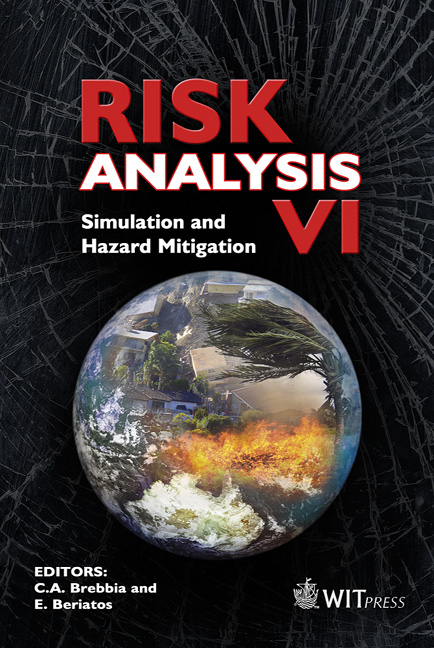Optimal And Game Ship Control Algorithms For Avoiding Collisions At Sea
Price
Free (open access)
Volume
39
Pages
10
Page Range
525 - 534
Published
2008
Size
2453 kb
Paper DOI
10.2495/RISK080511
Copyright
WIT Press
Author(s)
J. Lisowski
Abstract
This paper introduces the application of optimal and game theory methods in marine navigation. The functional scope of a standard ARPA anti-collision system ends with the simulation of the manoeuvre altering course or speed selected by the navigator. The problem of selecting such a manoeuvre is very difficult as the process of control is very complex and game making in its nature. The most adequate model of the process that has been adopted is a model of a differential game. The control goal is defined firstly, followed by a description of the base model and a presentation of approximated models. For each approximated model, an appropriate method of safe control to support the navigator decision in a collision situation has been assigned. The POSitional TRAJectory (POSTRAJ) and the RISK TRAJectory (RISKTRAJ) control algorithms have been designed. The considerations have been illustrated in examples of computer simulation algorithms to determine the safe ship trajectories in situations when passing many objects. Keywords: differential games, positional games, matrix games, dual linear programming, safety navigation, transport engineering, safe ship operations. 1 Differential game model of the ship control process The process of ship control in collision situations, when a great number of objects is encountered, often occurs under the conditions of indefiniteness and conflict, accompanied by an inaccurate co-operation of the objects within the context of the International Regulations for Preventing Collision at Sea (COLREG). The most adequate model of the process that has been adopted is a model of a differential game, in general of j tracked ships as control objects [2,8].
Keywords
differential games, positional games, matrix games, dual linearprogramming, safety navigation, transport engineering, safe ship operations.





